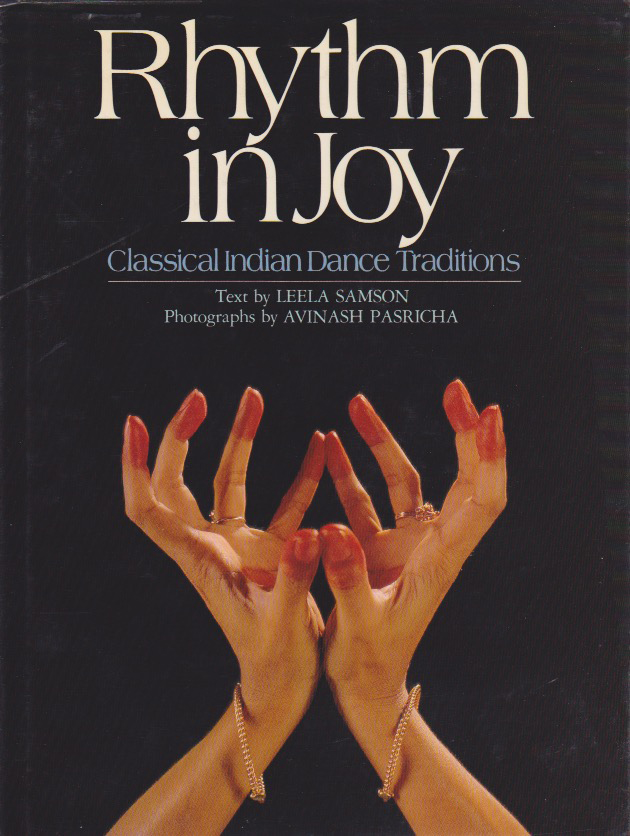By Leela Samson About the book: Rhythm in Joy is an authoritative introduction to five of India’s Classical dance forms. The intention of this work is to view the distinctive features of these forms through the eyes of a dancer- the historical and cultural context in which they evolved and the particularities of technique and presentation that characterize each form. The first chapter deals with the corpus of myth and legend from which our art forms in general draw their substance, and the following with the texts that determine the parameters of classical dance. Each of the five styles chosen are then described separately in terms of their particular history, ambience, mode of expression and style of presentation. It is true that varying schools exist within each dance form in India, and that each of these is represented by a host of teachers and performers. A complete appreciation of the development of a dance form would include all these viewpoints. But the present work does not pretend to be definitive. It seeks, rather, to promote an understanding of each style by elucidating a particular point of view. Thus the book has followed the method of illustrating each dance style with the work of a particular exponent-cum-teacher.


In commenting upon the classical styles of dance in India, it is usual for scholars to draw comparisons between them. This exercise is unacceptable to the author, who accords to each style its own validity, notwithstanding India’s common heritage of myth and tradition. Such comparisons, she feels, would not do justice to the unique aesthetic appeal of individual styles. In keeping with this pluralistic approach, the visual component of the book, too, stresses the element in each style which highlights its distinctness from others: the elaborate process of make-up and costuming in Kathakali, for instance, the vigour of the male dancers in Manipuri, the dignity of stance in Kathak, the strong lines of Bharatanatyam, the hastas and foot-positions peculiar to Odissi. While thus paying homage to the richness and variety of Indian dance forms, the book avoids the extremes of abstruseness and over-simplification which have frequently marred works on the subject. Rhythm in Joy is the ideal guide for anyone who has been dazzled and intrigued by the complexity of Indian dance and felt the need for a deeper understanding of it. About the Author Leela Samson is an alumna of Kalakshetra, one of India’s foremost art institutes. Her skills and her philosophy were moulded by the institute and its founder, Rukmini Devi. Today, Leela is one of India’s best-known exponents of Bharata Natyam. She teaches in Delhi at the Shriram Bharatiya Kala Kendra. She has been writing occasional articles on dance for magazines and her recent articles include the Festival of India booklet, Dance in India, and a contribution to APA International Guides on the dance and music of India. This is Leela Samson’s first book, and she hopes to write another on dance for children.









